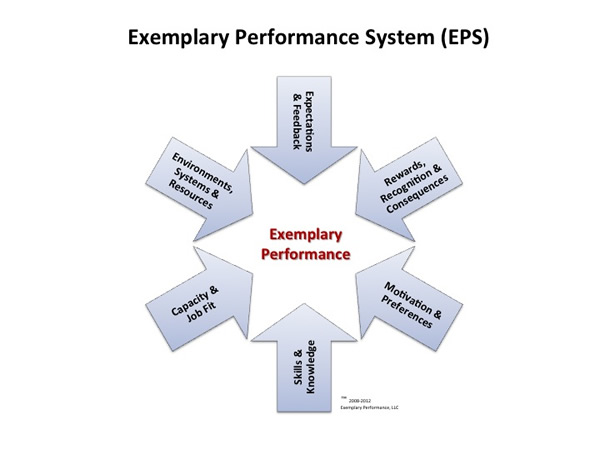ATD Blog
A Final Word on Shifting the Performance in Your Organization
Thu Dec 05 2013

It’s been a privilege to share our research and methodologies with the Human Capital Community of Practice through blog posts this fall. We are grateful for those at ASTD who made this possible, especially the efforts of community manager Ann Parker.
An underlying premise of ours at Exemplary Performance is to enable teams and individuals in an organization to be as successful as intended to be on the day they were hired or their team was formed. The newly hired are easy to spot: they are the optimistic and enthusiastic ones—the engaged and “glad to be here” folks that every organization is happy to have, spreading infectious energy and commitment everywhere they go.
Unfortunately, all too soon the enthusiasm of new hires dissipates—due in large part to the inadequate work systems that organizations allow to evolve and continue. Within six months, the new hire’s optimism is over and, after a pitched battle, organizational reality is the hands-down victor. The vanquished new hire is forced to skulk off the workforce battlefield muttering bitterly, “How did I get myself into this mess?”
“Hold on!” you might be thinking. “My company has great processes and systems and our workforce is committed and our performance excellent.” You might be correct that some systems are excellent, but we’d be willing to bet that a closer look would reveal some significant holes in the entire spectrum of work systems that directly impact individual performers and teams. Our research and experience tells us that you need to align six distinct work systems to enable exemplary performance. These systems are:
expectations and feedback
rewards and incentives
motivation and preferences
skills and knowledge
job fit
work environment and systems.

As a leader, your primary accountability is to be an architect who integrates and aligns work systems in order to enable high performance. To state this in another way: our role as leaders is to develop high-performing individuals and teams who routinely produce accomplishments that meet or exceed expectations!
As the leaders at Exemplary Performance, we’d like to hear from you to know whether this blogging series has been an effective tool to help you shift the performance curve in your organization. We know through analytic tools that these blogs have been well-read. We also know through social media that those who read the blogs used the Twitter account to retweet. But what we need to know from you is whether such a platform for discussion is effective for considering organization change with the focus on performance and a systems approach. And more importantly, have you applied any of the principles we have discussed.
Please feel free to contact us at [email protected] or [email protected]. For more in-depth information on this topic, you can purchase our book through ASTD’s online store_:_ Exemplary Performance: Driving Business Results by Benchmarking Your Star Performers. Browse the full blog series here.
